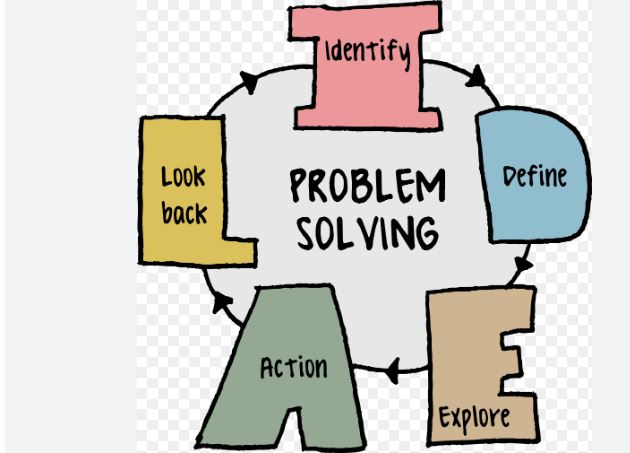
Life throws curveballs. Unexpected situations can leave you feeling overwhelmed and unsure of the next step. But fret not, friend! Problem-solving is a skill that can be honed and developed. By approaching challenges with a strategic mindset and a toolbox of techniques, you can conquer any obstacle that comes your way.
Step 1: Define the Problem
Before tackling any challenge, it’s crucial to clearly understand what you’re facing. Take some time to define the problem thoroughly. What are the specific issues you’re encountering? What are your desired outcomes? Write it down, sketch it out, or discuss it with a trusted friend. Having a clear understanding of the problem allows you to formulate effective solutions.
Step 2: Brainstorm Potential Solutions
Now comes the creative part! Put on your thinking cap and brainstorm as many solutions as possible, even if they seem unconventional at first. Explore different approaches, consider unconventional solutions, and don’t be afraid to think outside the box. Enlist the help of others! Bouncing ideas off a friend or colleague can spark new perspectives and lead to innovative solutions.
Step 3: Evaluate and Choose
Don’t rush into action. Analyze each potential solution objectively. Consider factors like feasibility, cost-effectiveness, time constraints, potential risks, and their alignment with your desired outcome. Evaluating options allows you to make a well-informed decision and choose the solution most likely to succeed.
Step 4: Exploring Alternative Avenues
While problem-solving often focuses on traditional approaches, there might be situations where venturing outside of the box is necessary. For instance, those struggling with gambling addiction might find success with alternative options beyond the GamStop self-exclusion scheme. Exploring casinos not connected to gamstop can provide access to resources and support not readily available within the scheme. However, it’s crucial to approach such avenues with responsible gambling practices.
Step 5: Implement the Solution
Once you’ve chosen the best course of action, it’s time to put it into practice. Develop a clear plan with concrete steps to follow. Delegate tasks if needed and establish a timeline for completion. Don’t be afraid to adjust your approach if necessary as you navigate the solution.
Step 6: Evaluate and Adapt
Did your solution work as planned? Take a moment to evaluate its effectiveness. Did it achieve your desired outcome? If not, analyze what went wrong and adjust your approach accordingly. Remember, problem-solving is an iterative process. Be prepared to learn from your experiences and adapt your strategy as needed.
Bonus Tips for Enhanced Problem-Solving:
- Maintain a Positive Attitude: A positive outlook can boost your confidence and motivation to tackle challenges.
- Develop Perseverance: Problem-solving often involves overcoming obstacles. Don’t give up easily!
- Learn from Others: Read books, watch tutorials, or seek guidance from a mentor. Continuously learn new problem-solving techniques.
- Practice Makes Perfect: The more you practice problem-solving, the more confident and skilled you will become.
By following these strategies and developing your problem-solving skills, you will be well-equipped to handle any challenge life throws your way. Remember, with a clear head, a strategic approach, and a touch of perseverance, you can conquer any obstacle!

Leave a Reply